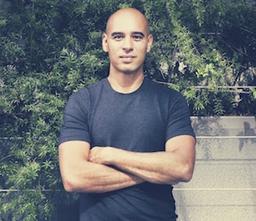The beginning of the year offers such a beautiful blank slate. We can start anew and reinvent our lives.
If you’re feeling like you’re in a bit of a rut, this is the perfect time to make the most of this year’s blank slate.
Why Planning Your Year Is Important
The first thing to acknowledge is that our year never goes according to plan. If you look back at my plans for the past handful of years, you’ll see that I often miss at least half of my targets, and what I actually did during the year couldn’t be predicted at the beginning, because you never know what will unfold during the year. The most recent couple of years has really driven that point home.That said, the planning I’ve done at the beginning of the year has mattered—a lot.
Setting a direction at the beginning of the year is an important act of reflection, imagination, and decision about what’s important to you. It’s about choosing where you’d like to go, and creating new possibilities for yourself and others.
And as you navigate in that direction during the year, getting off course is part of the journey—you can look at what’s throwing you off course and use that as a place of learning and practice. You can also reassess what’s important during the year as an act of continual renewal and course correction.
How to Deal With Your Burnout
So a lot of you are probably feeling burned out from this pandemic. Planning projects probably doesn’t sound exciting right now, from the place of being burned out. I get it.So plan for recovery and rest. Planning your year doesn’t have to be planning a bunch of work—it can be planning time off, planning self-care and healing, planning things that feel rejuvenating and regenerative.
Before you start this planning process, I encourage you to take a few moments of silence, and check in with yourself—how much energy do you have? What do you need? What would help you get your mind in a clearer place?
How I Plan My Year
Every year, I take a few days and give myself some reflective space.Here’s what I do, in brief:
The key to all of this is to spend a little time reflecting and choosing. Set up some structure, and have the structure allow you to review and adjust throughout the year. That way, your plan becomes more suited to the reality that actually unfolds.





